AI pedestrian detection offers accuracy, adaptability, and reliability. As cities grow and traffic density increases, pedestrian safety has become a concern. Traditional pedestrian detection techniques, which rely on basic sensors and pre-programmed rules, often fall short in dynamic and unpredictable real-world conditions.
Key Takeaways
The article highlights:- Enhanced Safety: AI pedestrian detection systems prevent accidents by identifying and alerting operators to pedestrians in real-time.
- Advanced Technology Integration: These systems utilize cutting-edge object detection models, sensors, and machine learning for superior accuracy.
- Industry Applications: Various industries like transportation, manufacturing, and construction benefit significantly from these systems’ safety features.
- Improved Efficiency: Features like 360-degree coverage and real-time alerts enhance site operations and reduce risks.
Conventional techniques relied on fixed algorithms to identify pedestrians. The smooth integration of intelligent technology into human-centered environments is achieved by AI pedestrian detection.
To avoid AI detection, use Undetectable AI. It can do it in a single click.
Table of Contents
What is AI Pedestrian Detection?
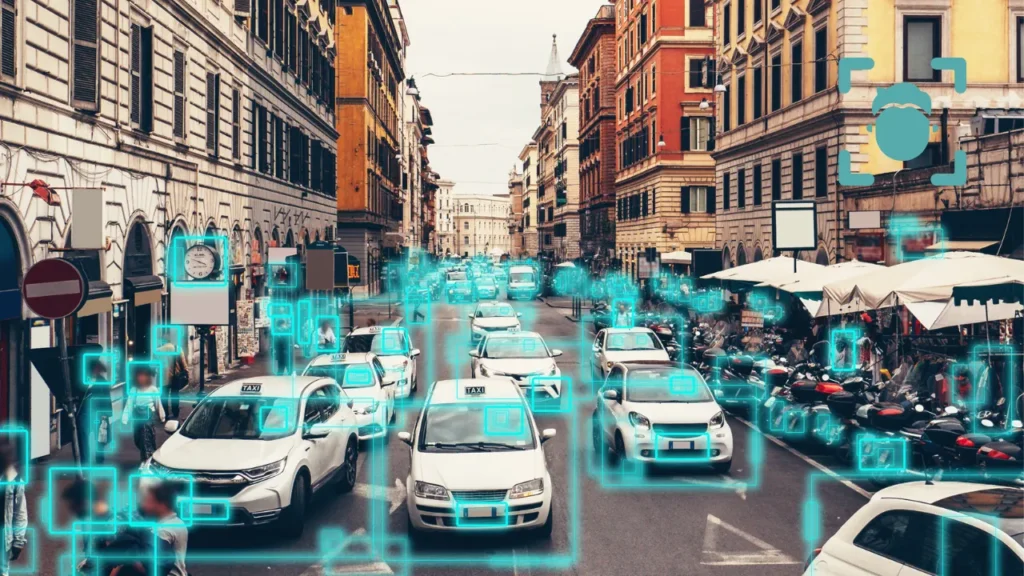
AI Pedestrian Detection is an advanced technology that uses artificial intelligence (AI) to identify, track, and interpret pedestrian movements in real-time. It involves the use of advanced algorithms and machine learning models to process visual or sensor data, enabling systems to recognize pedestrians in various scenarios.
Some people call this artificial intelligence, but the reality is this technology will enhance us. So instead of artificial intelligence, I think we’ll augment our intelligence.
Ginni Rometty
This technology is fundamental in environments where human-machine interaction plays a significant role, such as autonomous vehicles, traffic management systems, and urban safety initiatives.
Top AI Pedestrian Detection Systems

The top AI pedestrian detection systems are:
FTC Safety Solutions AI Pedestrian Detection
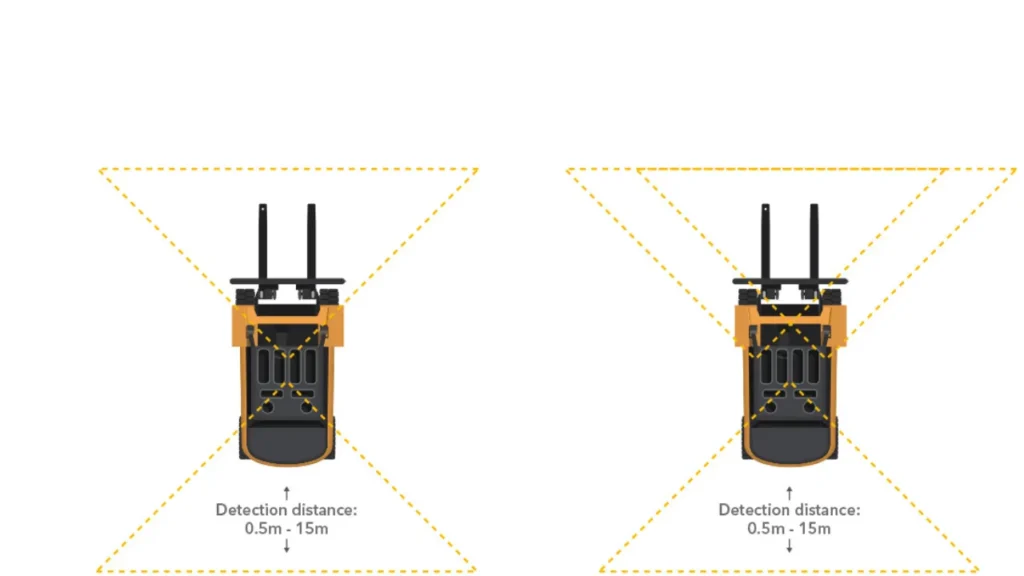
With the use of cutting-edge AI and machine learning, the FTC SS AI Pedestrian Detection Camera System helps operators be mindful of pedestrians in any kind of surroundings who are working close to materials handling equipment.
FTC AI Pedestrian Detection Camera System is a revolutionary advancement in workplace safety, designed to improve forklift operations and avoid accidents.
It reduces the danger of accidents and damage by assisting drivers in avoiding collisions with pedestrians through real-time identification and alarms facilitated by its sophisticated AI and machine learning capabilities.
One of the sophisticated pedestrian safety systems on the market is the FTC SS camera system, which can distinguish between objects and pedestrians. Smaller machines often have one rear-facing camera installed, but larger vehicles may need up to four cameras to provide 360-degree coverage.
Key Features
- Distinguishes pedestrians from objects.
- Each of the cameras and vehicles can be accessed remotely via GPS/GPRS in real time.
- High visibility vests and tags are not necessary.
- Continuous recording capability.
- 360-degree coverage is possible.
- Reduce risk and help achieve target zero.
- Can aid in improving the effectiveness of the site.
- Aids in preventing accidents involving cars and pedestrians.
- Sturdy and resilient.
- Any handling equipment can have it installed.
- Both internal and external choices are available for the visual and aural alert.
- Able to support other additional FTC safety solutions.
- HD screen or customized dash display options are available.
Rear View Safety AI Pedestrian Detection
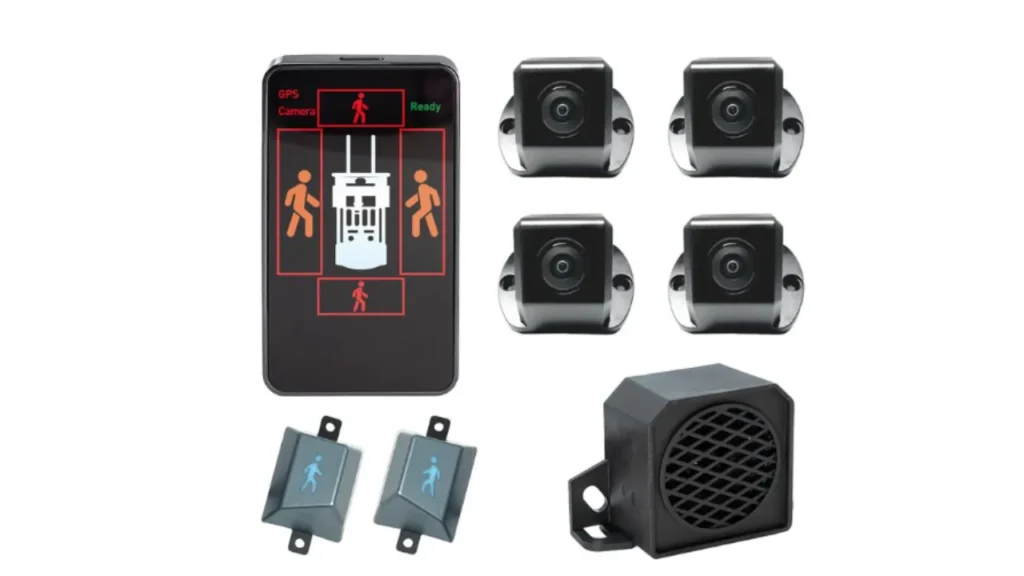
Rear View Safety cutting-edge AI camera system is intended to improve awareness and safety in hazardous situations. The system includes a GPS antenna for improved speed detection while moving, four cameras (one front, two side, and one back) that provide 360° coverage, and real-time pedestrian visual and auditory alarms.
This technology is ideal for vehicles that operate in regions with high pedestrian traffic, such as delivery and utility vehicles, busy construction sites, and warehouse environments. With this cutting-edge AI camera system, you can improve your car’s safety features now and lower the chance of collisions and injuries.
Key Features
- The GPS is designed with an integrated gyroscope to precisely and accurately measure speed.
- In addition to improving situational awareness on the job site, visual and auditory warnings alert drivers to pedestrians.
- The front, side, and rear cameras’ extremely broad 150 degree viewing angle and two detection ranges offer anti-vehicle protection.
- The system’s IP69 rating enables it to endure the severe weather and work conditions.
- For easy installation, the GPS unit and AI cameras are both surface mounted.
Speedshield Technologies AI Pedestrian Detection
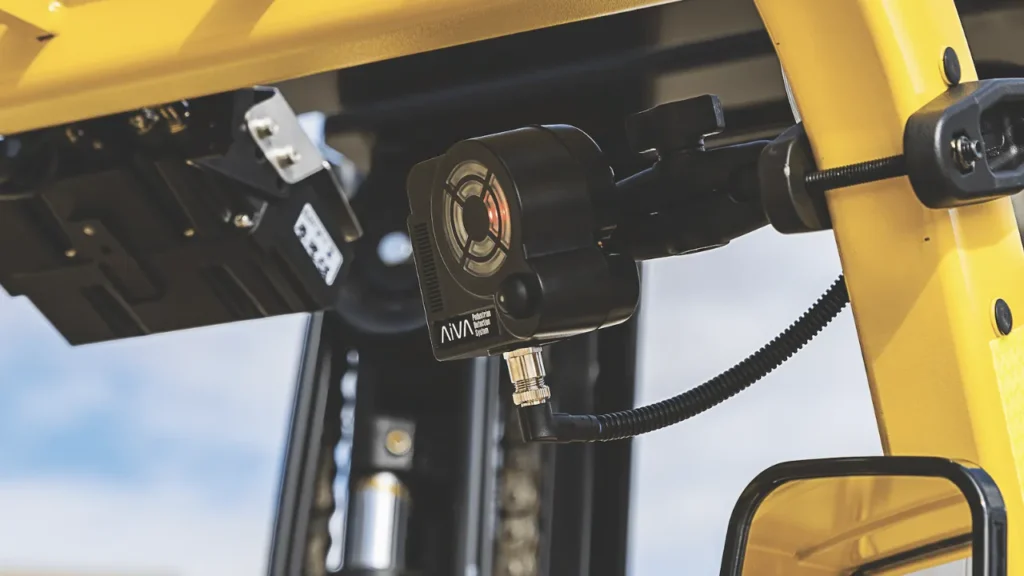
The Artificial Intelligence Vision Assist (AiVA) system from Speedshield Technologies is a cutting-edge vision-based technology designed to identify pedestrians in industrial environments.
AiVA reduces occupational injuries related to industrial vehicles by functioning flawlessly in difficult conditions without the need for beacons or wearable technology. It improves safety procedures by proactively warning operators of pedestrians close to forklifts, access equipment, and other large machinery.
Key Features
- The AiVA system improves operator situational awareness around forklifts, industrial machines, and heavy machinery by using sophisticated machine vision and artificial intelligence (AI) to detect pedestrians.
- For a bird’s eye perspective of the environment, a car is equipped with a minimum of four cameras. The robust and weatherproof camera is designed to survive severe weather conditions and records live video footage of the surroundings.
- It identifies pedestrians up to 8 meters away and uses speakers and LEDs on a segmented screen to provide both visual and aural alerts.
- provides the driver a thorough aerial view of the area around the car, displaying locations and providing audio instructions.
- The operator remote has a waterproof speaker that uses loud audio cues to warn operators of pedestrians.
- provides detecting zones that may be readily adjusted to fit your surroundings.
- automatically slows down when it detects a pedestrian within three meters.
- Save safety incident event data and video clips in the cloud for analytics, training, and ongoing development.
Which Industries Can Benefit From AI Pedestrian Detection Systems?
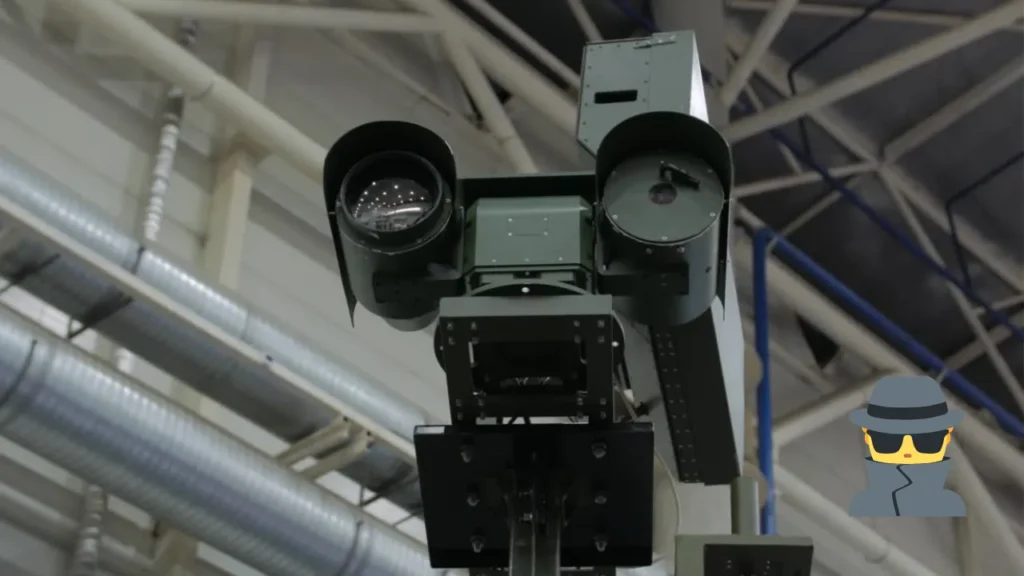
Fishing and maritime: Using Industrial IoT, turn ports into efficient hubs. Ship turnaround times can be accelerated by AI pedestrian detection systems, which can increase dockside efficiencies.
Mining: The Industrial IoT solutions assist you in developing safer, effective mining sites to safeguard employees, reduce downtime, and save maintenance expenses.
Transportation: A fleet management system that tracks cars in real-time to optimize routes, save fuel consumption, and schedule maintenance could assist your fleet reach its destinations quickly.
Logging and forestry: Utilize real-time information on worker activity, equipment, and environmental factors to accomplish safer and effective logging operations.
Waste management: With Industrial IoT solutions, you can be certain of smooth, effective waste collection operations while safeguarding employees and bystanders.
Manufacturing: Use industrial IoT sensors, safety cameras, and software to increase on-site efficiency and security.
Construction: Use machine vision systems to monitor hazardous locations and increase worker safety on construction sites.
Agriculture: Utilize tracking devices and IoT sensors to improve the quality and quantity of agricultural produce.
Materials Handling: Utilize impact sensors and intelligent speed control devices to lower the probability of equipment collisions.
Key Technologies Behind AI Pedestrian Detection
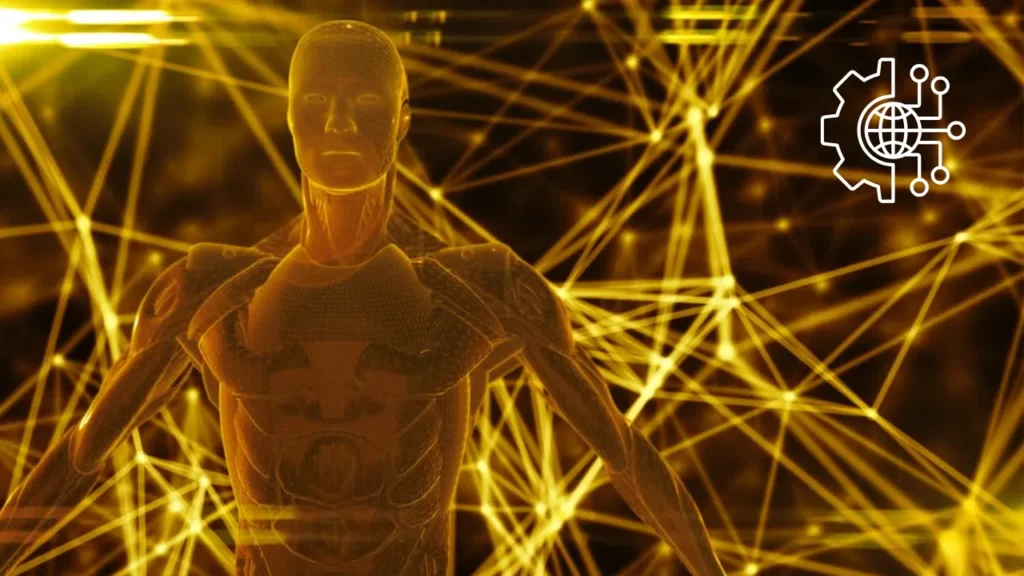
AI pedestrian detection include state-of-the-art object detection models, sophisticated sensor systems, and innovative image processing techniques.
Read Also: Humanoid AI Robots
Object Detection Models: YOLO, SSD, and Faster R-CNN
Object detection models form the core of AI pedestrian detection systems. These models are designed to identify and classify objects, including pedestrians, within an image or video frame. The widely used models include:
YOLO (You Only Look Once)
YOLO is a real-time object detection model known for its speed and efficiency. It divides an image into a grid and predicts bounding boxes and class probabilities for each grid cell simultaneously.
SSD (Single Shot Multibox Detector)
SSD is another popular model that achieves a balance between speed and accuracy. Unlike YOLO, SSD uses multiple feature maps of different resolutions to detect objects of varying sizes effectively.
Faster R-CNN (Region-based Convolutional Neural Network)
Faster R-CNN is a highly accurate model that excels in detecting objects in complex and cluttered scenes. It uses a two-stage process: generating region proposals and then classifying objects within those proposals.
Sensors and Data Collection
The accuracy of AI pedestrian detection is enhanced by the use of various sensors and data collection methods. Key sensors include:
Cameras
Standard RGB cameras are the common sensors used in AI pedestrian detection. They capture high-resolution images for analysis.
LiDAR (Light Detection and Ranging)
LiDAR uses laser pulses to measure distances and create detailed 3D maps of the environment.
Radar
Radar sensors detect objects by emitting radio waves and measuring the reflections.
Infrared (IR) Sensors
IR sensors detect heat signatures. They are useful for identifying pedestrians in low-light or nighttime conditions.
Image Processing Techniques
Image processing is a key step in preparing raw sensor data for analysis. It involves a series of techniques that extract meaningful information from images or video feeds. Key techniques include:
Edge Detection
This technique identifies the boundaries of objects within an image, helping to highlight pedestrians against their background.
Background Subtraction
Background subtraction isolates moving objects (such as the pedestrians) by comparing the current frame with a static background model.
Optical Flow Analysis
Optical flow tracks the movement of objects between consecutive frames in a video, aiding in pedestrian motion prediction.
Feature Extraction
Feature extraction involves identifying distinct characteristics of pedestrians, such as shape, size, and motion patterns.
Integration of Machine Learning and Deep Learning
Machine learning (ML) and deep learning (DL) form the backbone of AI pedestrian detection.
Machine Learning: Involves traditional algorithms such as Support Vector Machines (SVM) and decision trees to detect pedestrians based on predefined features.
Deep Learning: Utilizes neural networks to learn complex patterns from vast datasets, offering superior performance in pedestrian detection.
Popular frameworks for implementing these technologies include TensorFlow, PyTorch, and OpenCV.
Cloud Computing and Edge Processing
AI pedestrian detection often requires significant computational power for processing. This is achieved through:
Cloud Computing: Enables offloading of complex computations to remote servers.
Edge Processing: Performs computations locally on devices, provide faster response times in critical applications such as autonomous vehicles.
Conclusion: AI Pedestrian Detection
AI pedestrian detection combines artificial intelligence, computer vision, and machine learning to create systems capable of identifying and analyzing pedestrian activity. The integration of pre-trained models, sensor technologies, and robust deployment strategies further improves the efficiency of AI pedestrian detection systems.
Its role in preventing accidents, improving traffic systems, and improving pedestrian safety would continue to expand. Whether you are building a system for autonomous vehicles or urban planning, this technology promises a safer and connected future.
FAQs: AI Pedestrian Detection
What is AI Pedestrian Detection and how does it work?
AI pedestrian detection refers to the use of artificial intelligence and computer vision technologies to identify and track pedestrians in real-time. This advanced detection system utilizes camera systems that are equipped with AI algorithms to analyze visual data.
The system is designed to recognize pedestrian movements and activities, allowing it to detect pedestrians in various environments, such as streets, warehouses, and other high-risk areas.
By processing the video feed, the AI system can send alerts to operators when it detects a pedestrian nearby, enhancing pedestrian safety and helping to prevent collisions.
What are the key components of a pedestrian detection system?
A typical pedestrian detection system includes several key components: AI algorithms, camera systems, sensors, and alert mechanisms. The AI algorithms are trained to recognize pedestrians through object detection techniques. The camera system captures video footage, while sensors may be used to complement the visual data.
Alerts can be audible and visual, so that operators are immediately informed of any detected pedestrian activity. This combination of technologies allows the system to operate effectively in real-time, optimizing safety solutions in various environments.
How do AI-powered systems enhance pedestrian safety?
AI-powered systems enhance pedestrian safety by improving the accuracy and speed of pedestrian detection. With the ability to analyze large amounts of data quickly, these systems can identify potential hazards before they become dangerous situations.
For example, in a warehouse setting, an AI pedestrian detection system can monitor forklift traffic and alert operators when pedestrians enter the active work area. This proactive approach helps to prevent accidents and saves lives by reducing the risk of collisions.


